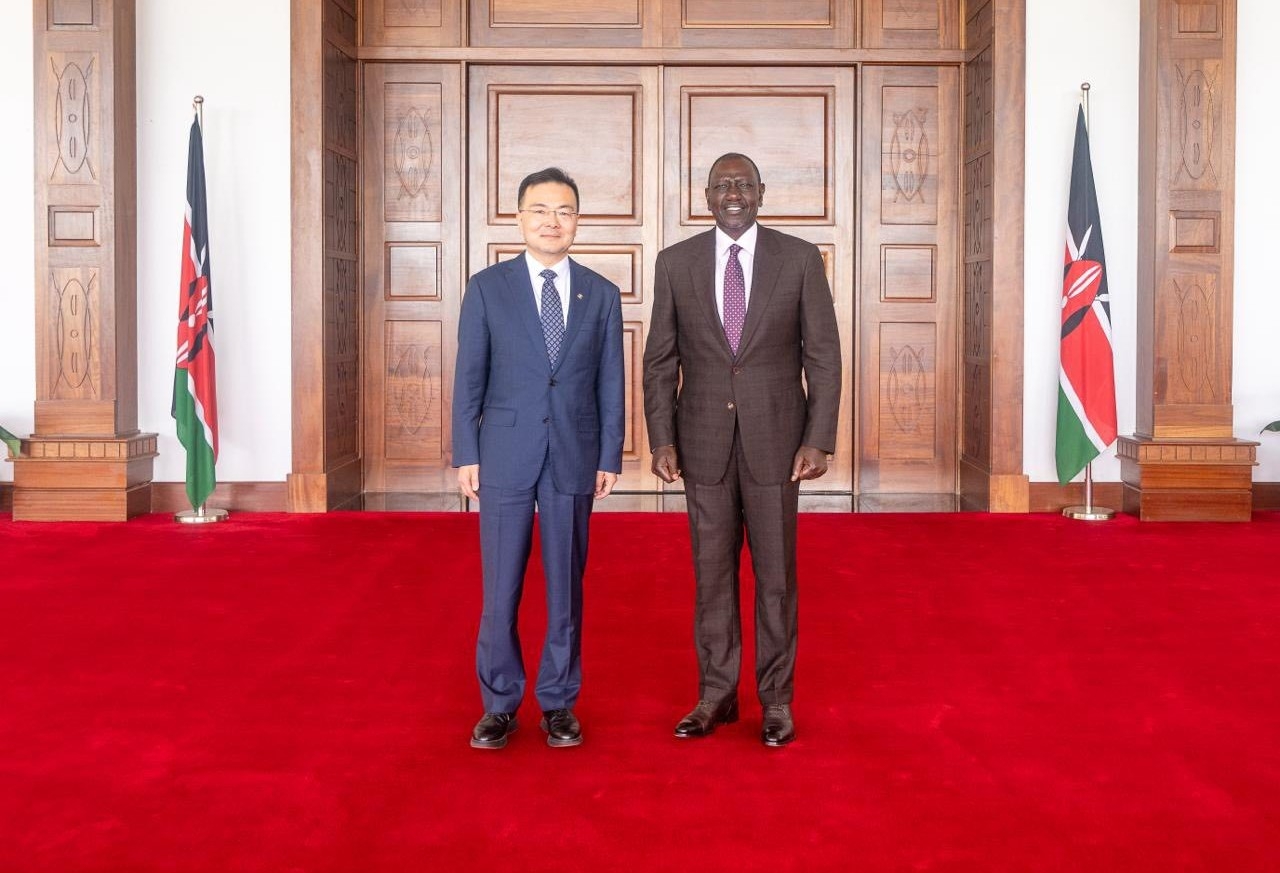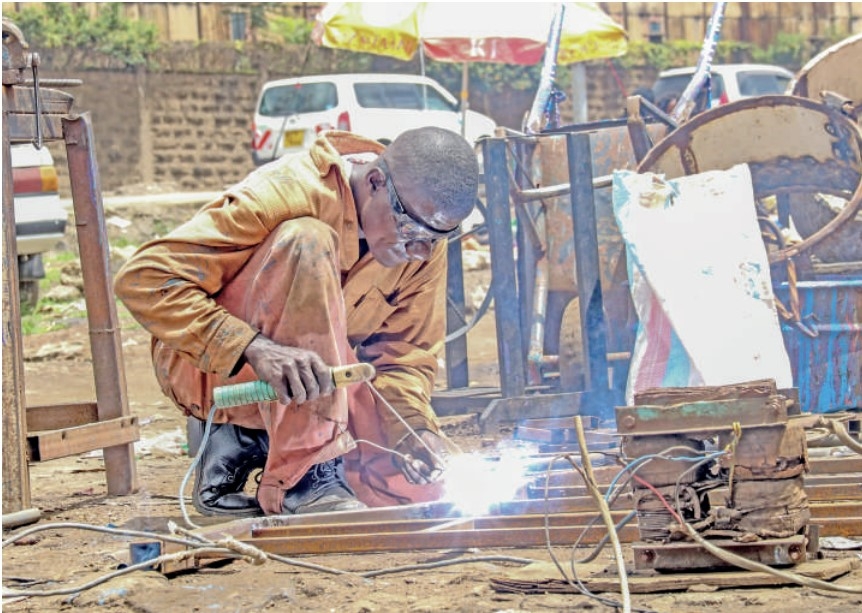Baringo County is nestled in the heart of the Rift Valley.
A beautiful ecological ecosystem amidst rugged terrain, Baringo is home to around 700,000 people.
Its economy is mainly agro-based and it’s a region rich in natural resources and culture.
However, like many rural counties in Kenya, it struggles with systemic challenges, including poor maternal health outcomes.
The maternal mortality rate in Baringo is alarming.
While Kenya’s national maternal mortality rate stands at 342 deaths per 100,000 live births, Baringo faces higher rates due to a combination of economic, infrastructural, and cultural factors.
According to the Kenya Demographic and Health Survey (KDHS), rural counties like Baringo are significantly lagging behind more urbanized areas in maternal healthcare access.
In Baringo, as in other rural counties, a significant proportion of births occur at home, often without the assistance of a skilled birth attendant.
This practice, driven by economic and geographical barriers, is a major factor contributing to maternal deaths in the region.
At the heart of Baringo’s maternal health crisis is the issue of economic power. The majority of the county’s population relies on pastoralism as their primary source of income.
However, unpredictable weather patterns due to climate change have led to frequent droughts and livestock losses, leaving many families economically vulnerable.
This vulnerability has a direct impact on women’s ability to access maternal healthcare.
The intersection of economic power and maternal health in Baringo highlights the stark inequalities in access to healthcare that plague rural, economically disadvantaged communities.
With its large pastoralist population and limited economic opportunities, the county presents a case study of how poverty and a lack of economic power can exacerbate maternal health crises.
A recent visit to the county provided a glimpse of hope through the enormous efforts of Dandelion Africa.
At a community breakfast convening with hundreds of men and women, I stood in amazement as woman after woman took the mic to report significant life impact.
Through education, pregnant women who never attended clinic sessions started showing up for these sessions and this has reduced the infant immortality rate, they recounted a reduction in drug use by the youth through advocacy, and they noted an increase in family planning and immunization access and a drop in gender-based violence through rights-based education.
The impact is nothing short of remarkable. Interestingly, Dandelion’s interventions aren’t limited to just maternal health or family planning outcomes.
While these are great, Dandelion realized that there is a need to go beyond these health issues to address underlying economic issues. Many women shared how they had low financial literacy and barely earned a living to gain financial independence!
They were taught how to grow foodstuffs for sale such as greens and mushrooms, and how to make liquid soap.
They were also taught how to build financial independence through saving, loan access, and coming together in groups to actualize income projects.
The knock-on effect has been financial independence for many. It was so fascinating to even see the boost in confidence as many of them marvelled at how different life had become.
Maternal health is not only a crucial indicator of a country’s healthcare system but also a reflection of its socio-economic conditions.
In Kenya, the link between economic power and maternal health outcomes is stark, with disparities in income, education, and employment having direct consequences on the well-being of mothers and their newborns.
Despite some progress, the economic dynamics at play remain one of the greatest barriers to achieving universal access to maternal healthcare, underscoring the urgent need for comprehensive strategies that bridge economic inequality and health disparities.
Healthcare in Kenya, though subsidized through initiatives like the "Linda Mama" program, still requires significant out-of-pocket spending for transportation, medication, and postnatal care.
In Baringo, where poverty rates are high, many women are unable to afford these additional costs. The Kenya National Bureau of Statistics (KNBS) reports that 58 per cent of Baringo residents live below the poverty line, with women disproportionately affected.
This economic disadvantage not only limits their access to healthcare facilities but also exacerbates their health risks during pregnancy and childbirth.
Kenya has made significant strides in maternal health in recent years, particularly through initiatives such as free maternity services under the "Linda Mama" program.
Despite these efforts, maternal mortality rates remain high, with 342 maternal deaths per 100,000 live births, according to the World Health Organization (WHO).
This figure is above the global average and far from the Sustainable Development Goal (SDG) target of reducing maternal mortality to less than 70 deaths per 100,000 live births by 2030.
I laud the efforts of Dandelion Africa in Baringo Africa.
Adopting a holistic, sustainable, and community approach to uplift the community. It’s great to witness the economic empowerment of women through education, employment, and social protection schemes at the forefront of maternal health interventions.
The intersection of economic power and maternal health in Kenya is a stark reminder that healthcare access and outcomes are deeply influenced by socio-economic factors.
To reduce maternal mortality and improve maternal health, it is essential to address the economic barriers that prevent women from accessing quality healthcare. This is not just a health issue—it is an economic and social imperative that demands urgent attention.
By Kambua Manundu Mathu, Maternal Health Champion













